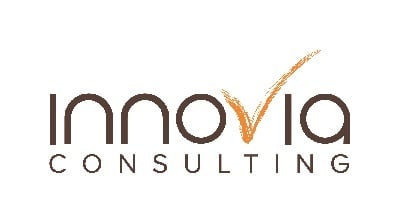For a warehouse to be truly successful, it needs to have a strong structure. Seems simple enough, right? But a structure is only as stable as its foundation. Without a strong foundation, the structure will begin to crack and eventually fail. So how do you create a strong foundation for your warehouse’s structure? Well, that depends, but a good place to start is with setups, Long-term goals, and input and buy-in by employees.
Setups
The overall organization and utilization of your warehouse space is the first concern. Many small warehouses are content with some racks where the few employees can place parts wherever they want because they know where they put them. But what happens when the business suddenly becomes busy? The employees will be scrabbling to find parts because they used the classic “I thought it was put away over there” method. This is a common problem in smaller warehouses.
Investing in planning and organization early will set the stage for success in the future. Implementing a type of bin system will help employees keep track of inventory, allowing them to find and stock parts faster. A system like this will help the business’s ability to grow without slowing down.
When organizing your setups, consider how your pick ticket or picking list will look and how it will be used. Think about how your employees will be reading it and organize your product and pick tickets in a way that optimizes their production and eliminates time wasted by having them walking all over the warehouse pulling from multiple locations.
Long-Term Goals
Who doesn’t like a good long-term goal? The problem is that no matter the business you are in, the market comes and goes, technology changes, as does customer’s demands. While making long-term goals aim for no more than 15 years out to make them viable. Create a warehouse setting that will account for your long-term plans but will also be flexible enough to bend with the times.
Also, making broad, long-term goals that won’t impede your warehouse needs as much if plans change down the road.
 Your employees are a valuable asset for information on how to identify pain points and spot opportunities.
Your employees are a valuable asset for information on how to identify pain points and spot opportunities.
Input and Buy-In by Employees
Your employees are a great source of information; they are the ones who work in this environment day in and day out. They can help identify pain points and spot opportunities. Not every idea they bring forth will be actionable but pay attention to the reason for the requested change; it might be the sign of a bigger problem or even an opportunity.
For example, an employee might notice that they keep needing to use a forklift to pull a skid of product down multiple times a day, while there is a skid of product that is on the floor that they only have to pull from once a month. This observation could lead to reorganizing your product for better efficiency, saving your company money, and increasing productivity.
Listening to your employees will benefit the organization of the warehouse and help employees feel empowered and valued. Employees who feel their voice matters are happier because they feel that they matter. And happier employees are more likely to perform better and look for more opportunities to help the business.
While these are not the only facets to consider to make a warehouse successful, these are the ones that are stepping stones that will help allow your warehouse to grow while continuing to improve.
The next step to optimizing your warehouse is implementing an ERP system to help automate your inventory controls, planning and scheduling, reporting, and much more. Microsoft Dynamics 365 Business Central is the ERP system of choice for distributors around the globe.
Check out this Warehouse Solution - With so much talk about warehousing, do I really need it?
View our On-Demand Webinar: Don’t Get Disrupted: How to Overcome Supply Chain Challenges with Integrated Solutions





